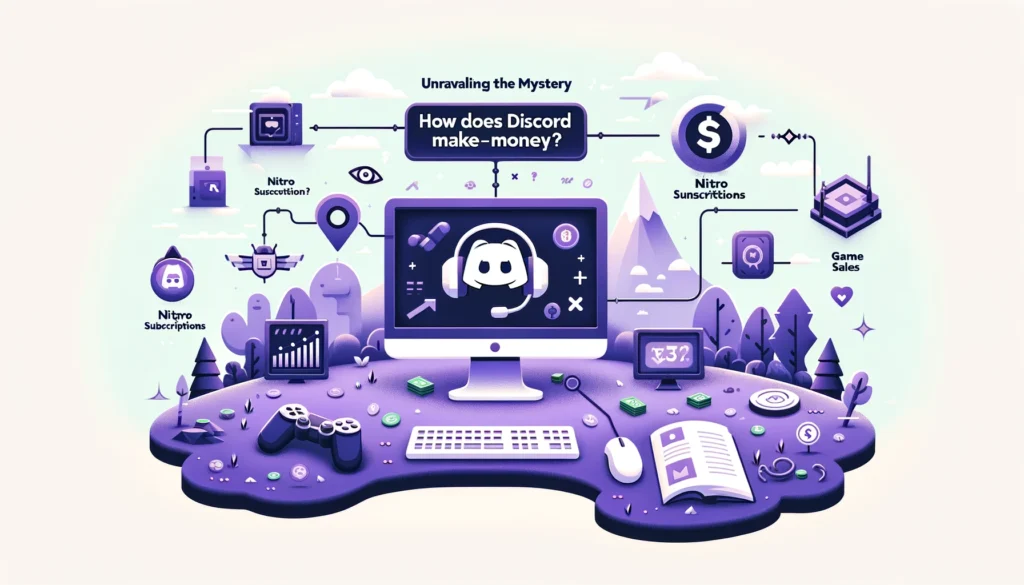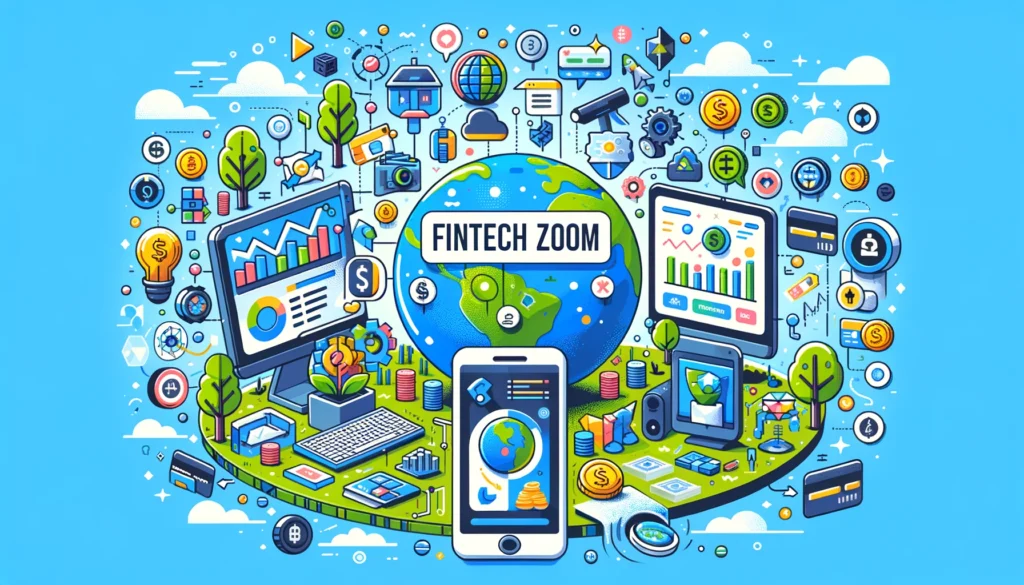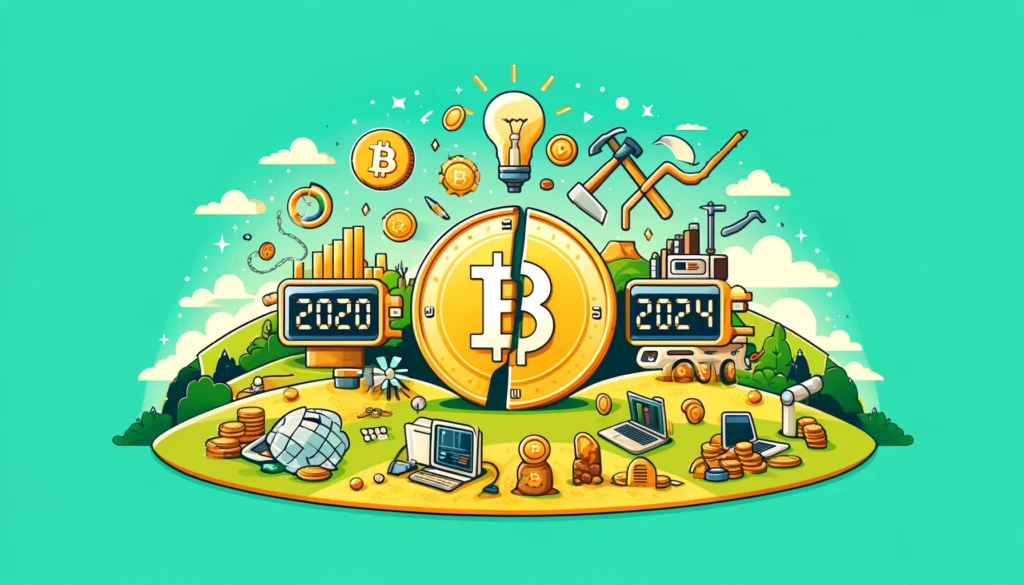How Does Discord Work and Make Money?

Despite offering most of its services for free, Discord has crafted a robust financial model that ensures it thrives without compromising on user experience. This in-depth exploration examines the multifaceted ways in which Discord secures its revenue streams, ensuring its operations remain vibrant and expansive.
Introduction: The Origins of Discord
First, let’s start with a bit of history. In the ever-evolving landscape of digital communication, Discord stands out as a revolutionary platform that began with a simple yet compelling vision. Launched in 2015, Discord emerged from the challenges and necessities faced by gamers.
Its founders, Jason Citron and Stan Vishnevskiy, were game developers who were frustrated by the limitations and inefficiencies of existing communication tools like Skype and TeamSpeak, which gamers commonly used to chat and coordinate during their gaming sessions.
Jason Citron, who had previously founded OpenFeint, a social gaming platform for mobile games, recognized the need for a seamless and integrated communication tool specifically designed for gamers.
This tool would not only need to provide robust voice communication but also integrate smoothly with the gaming experience, without taxing the gamers’ system resources or complicating their gameplay.
Stan Vishnevskiy, a passionate gamer and experienced developer, shared this vision. Together, they set out to create a platform that combined high-quality voice, video, and text chat in an intuitive interface that was both lightweight and powerful.
The goal was to enhance the social aspect of online gaming without the technical constraints and clutter that plagued other systems.
The Idea
The result was Discord, a platform that quickly gained traction in the gaming community for its simplicity, efficiency, and its focus on creating a community atmosphere.
It allowed users to create servers for free, manage them through robust moderation tools, and customize them with bots and personal touches, fostering a sense of ownership and community among users.
Discord’s birth was marked by its user-centric design and a clear understanding of its target audience—gamers who needed a better way to communicate. The platform rapidly evolved, growing beyond the gaming community to become a universal space for various groups needing a reliable communication tool.
Today, while it remains a favorite among gamers, Discord is used by a wide range of communities, reflecting its versatile design and the universal appeal of its foundational principles.
Discord Nitro: Enhancing User Experience
Discord Nitro is at the heart of Discord’s monetization efforts. This premium subscription service offers users enhanced features such as better image quality, the ability to use custom emojis in every server, an increased file upload limit, and improved live streaming capabilities.
Subscribers can also personalize their profiles and tags, adding a level of exclusivity and identity distinction that appeals to the platform’s most engaged users. We delve into how Nitro not only serves as a steady income source but also strategically positions Discord to continuously improve and innovate on its offerings.
Server Boosts: Crowdsourced Server Improvements
A unique aspect of Discord’s model is the concept of Server Boosts. Users can purchase boosts to apply to servers they care about, enhancing the server’s capabilities and unlocking new features for all members. These include better audio quality, more emoji options, and enhanced server customization.
This feature cleverly taps into the community spirit, encouraging users to collectively invest in the enhancement of their communication spaces. We explore how this not only generates revenue but also fosters a stronger community bond and loyalty to the platform.
Merchandise: Building Brand and Community
Beyond digital services, Discord taps into traditional retail through the sale of branded merchandise. This includes a variety of apparel, accessories, and lifestyle products that resonate with the platform’s branding and ethos.
Merchandise sales serve multiple purposes: they provide a physical connection to the brand, create an additional revenue stream, and help in marketing the platform outside the digital space.
Partnerships and Integrations: Expanding Discord’s Ecosystem
Discord’s strategic partnerships and integrations play a crucial role in its operation and expansion. By integrating with software developers, gaming companies, and other tech enterprises, Discord enhances its platform’s utility and attractiveness.
These partnerships often include integrations that make Discord a seamless part of gaming experiences, educational tools, and even productivity software. This part of the article will detail how these collaborations not only enhance user engagement but also open up new revenue pathways through shared economics and promotional opportunities.
Exploring Advertising and Special Projects
While Discord has historically avoided traditional advertising within its platform, the potential for monetizing through targeted ads exists. Discord might incorporate advertising without disrupting the user experience, perhaps through non-intrusive methods or sponsorships that add value to the user.
Additionally, we’ll look at special projects and experimental features that Discord has introduced, such as game sales or event tickets, which could pave the way for future revenue streams.
Financial Health and Future Prospects
Analyzing Discord’s financial health and its strategies for future growth gives insight into its sustainability. This includes a look at Discord’s venture funding rounds, valuation trends, and potential for an IPO.
Furthermore, we discuss how Discord balances its expansion with maintaining a free model for the majority of its users, ensuring that the platform remains accessible while still profitable.
Conclusion: A Model of Innovation and Community
In conclusion, Discord represents a pioneering approach to digital platform monetization, focusing heavily on community engagement and user satisfaction. Its various revenue streams—from subscriptions to merchandise and beyond—illustrate a dynamic approach to business in the digital age. As Discord continues to evolve, its ability to adapt to user needs while finding innovative ways to monetize will likely serve as a model for other platforms aiming to blend profitability with user-centric design.


